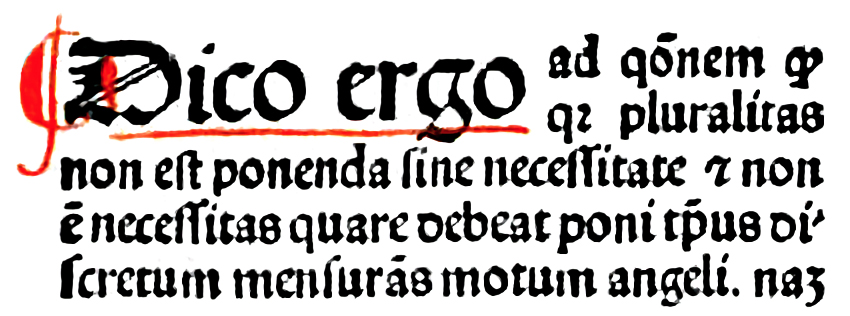The First Law of Thermodraconics
Some materials and living organisms can absorb and utilize arcanic radiation1. Much like plants require sun light to thrive, some living organisms likewise depend on arcane energy. Some inorganic materials are very good at absorbing arcane radiation as potential arcane energy, as rock can store heat from sunlight and release it long after the sun has set.
Arcane energy is never destroyed, it can only change states or be transferred to other matter2. Some spells convert arcane energy into useful quantities of mundane energy - heat, lightning, cold etc.3. It can also fuel the coalition of physical elements to create objects or facilitate the growth of tissue4. It has long been documented that large collections of magically charged items, especially books of arcane knowledge, have a mutagenic effect on nonmagical creatures5, 6, 7. This has led to theories of arcanic radiation8, specifically that stored arcane energy has a cumulative area of effect.
Dragons are living creatures that are supremely dependent on and good at incorporating arcane energy9. We have long theorized that a dragon collects a horde of magic items because it needs the proximity of like arcane energy in order to repair tissue and grow. And that a dragon's territorial nature reduces competition for sources of this arcanoenergy.
When a dragon dies, what happens to the arcane energy? On the 18th of Floodsebb 1412, 4 hours after the death of the ancient red dragon Fornradur, Mount Ashblood blew its top in a volcanic eruption causing several square miles of destruction. It is theorized that the sudden release of arcanic energy destabilized the long dormant volcano. But other effects we would have expected to find in the aftermath of such an intense arcanic event are simply absent.
Purpose
Document Structure
Publication Status
Historical Details
Background
One of the first principles laying a foundation for the arcano-scientific revolution is the law of parsimony, commonly known as "Ockham's Razor."
History
Classic theories concerning the magic of dragons...
The Natural Philosophers of antiquity bequeathed to us many theories and epistomilogicall tools that we depend upon today. empiricism, painstaking methods of observation and documentation, the importancce of mathematics in describing not only natural phenomena, but also the arcane.
The decades after the fall of the red empire saw a philosophical revolution in the arcane sciences. Previous natural philophers had tried (without much logic) to explain observations of draconic magic by appealing to the doctrins of whichever gods they favored. Many of the classical theories dated from centuries earlier when dragons held dominion over much of the known world. It is possible that much the lesser races took for truth were actually misdirections planted by the dragons themselves.
Public Reaction
This article is still controversial among arcane scholars. The public is largly unaware that this conversation even exists.
Legacy
This theory is significant in that it signals a clean break from earlier theories regarding dragon-sourced magic.
ABSTRACT
In this paper we address a long-standing mystery - how do dragons procreate? This paper makes use of a statistical analysis of data regarding dragon population in the region of Mt Ashblood, following its eruption to the current day. Current arcanomathematics are applied to describe and prove the First Law of Thermodraconics - draconic energy can be transformed from one form to another, but can be neither created nor destroyed.




Comments